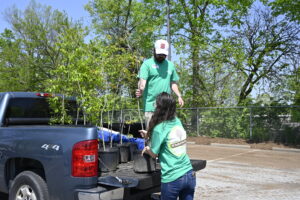
Bradford Pear Bounty Back With Two Events This Fall
The Bradford Pear Bounty is back! After a successful inaugural event in April, NC’s Bradford Pear Bounty is coming …



El inglés es el idioma de control de esta página. En la medida en que haya algún conflicto entre la traducción al inglés y la traducción, el inglés prevalece.
Al hacer clic en el enlace de traducción se activa un servicio de traducción gratuito para convertir la página al español. Al igual que con cualquier traducción por Internet, la conversión no es sensible al contexto y puede que no traduzca el texto en su significado original. NC State Extension no garantiza la exactitud del texto traducido. Por favor, tenga en cuenta que algunas aplicaciones y/o servicios pueden no funcionar como se espera cuando se traducen.
Inglês é o idioma de controle desta página. Na medida que haja algum conflito entre o texto original em Inglês e a tradução, o Inglês prevalece.
Ao clicar no link de tradução, um serviço gratuito de tradução será ativado para converter a página para o Português. Como em qualquer tradução pela internet, a conversão não é sensivel ao contexto e pode não ocorrer a tradução para o significado orginal. O serviço de Extensão da Carolina do Norte (NC State Extension) não garante a exatidão do texto traduzido. Por favor, observe que algumas funções ou serviços podem não funcionar como esperado após a tradução.
English is the controlling language of this page. To the extent there is any conflict between the English text and the translation, English controls.
Clicking on the translation link activates a free translation service to convert the page to Spanish. As with any Internet translation, the conversion is not context-sensitive and may not translate the text to its original meaning. NC State Extension does not guarantee the accuracy of the translated text. Please note that some applications and/or services may not function as expected when translated.
Collapse ▲
The Bradford Pear Bounty is back! After a successful inaugural event in April, NC’s Bradford Pear Bounty is coming …
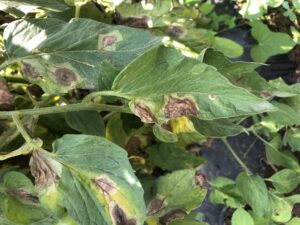
Late blight on tomato has been confirmed from a commercial tomato field in Haywood County, NC on August 17, …
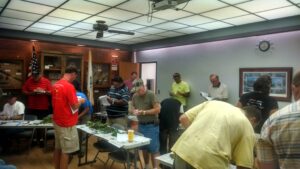
The goal of pesticide applicator certification/recertification and licensing is to protect people, property, the food supply, and the environment …
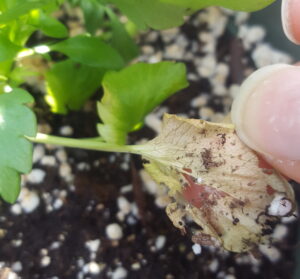
European pepper moth (Duponchelia fovealis) is a major, yet largely unrecognized, pest of nursery and greenhouse crops. This exotic …
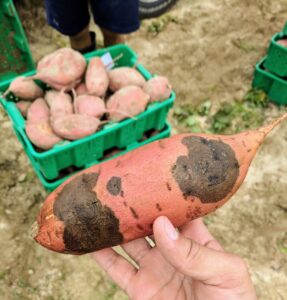
Updates for Sweetpotato Producers in NC: EPA issues Section 3 label for Mertect (thiabendazole) in sweetpotatoes postharvest and EU …
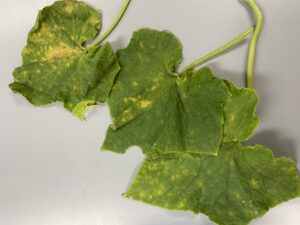
Cucumber downy mildew (CDM) has been confirmed on cucumber plant samples from a homeowner garden in Haywood County, NC. …
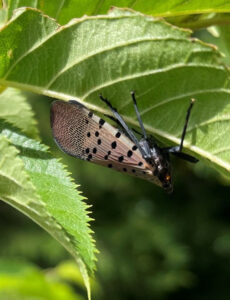
The short answer: We do not anticipate that spotted lanternfly will be an issue for field crops The long answer: …
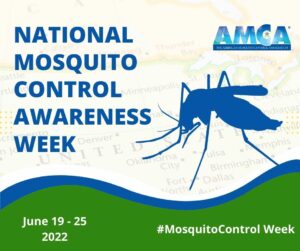
From June 19th through June 25th, the American Mosquito Control Association (AMCA) promoted “Mosquito Awareness Week”. The annual event …
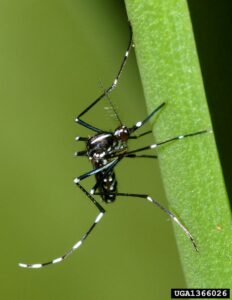
Pesticide license categories often have overlapping areas of applicability, resulting in confusion over exactly which license category is required …
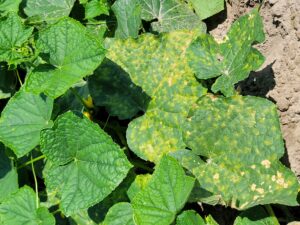
Written by Mariana Prieto-Torres and Lina M. Quesada-Ocampo. Pseudoperonospora cubensis, the causal agent of cucurbit downy mildew (CDM), was confirmed …
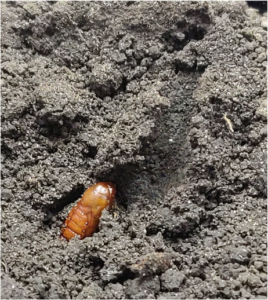
Article by DeShae Dillard, M.S., NC State, Department of Entomology and Plant Pathology Corn earworm (also known as bollworm) is …
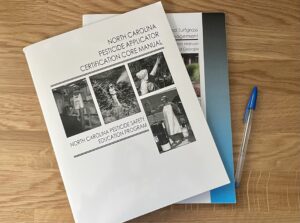
Pesticide Schools are hosted by the NC State Pesticide Safety Education Program with the help of the NC Extension …
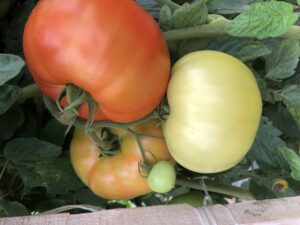
The North Carolina Tomato Growers Association recently hosted the Winter Vegetable Meeting in February. Attendees were asked a series …
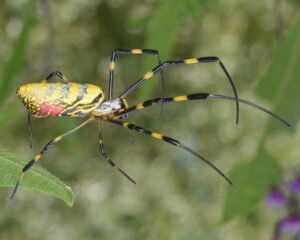
Similar to murder hornets in 2020, the Joro spider is having its five minutes of fame! Recent headlines across …
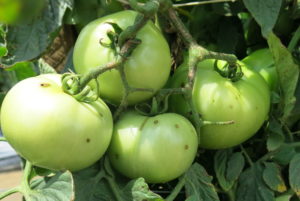
Anyone who grows tomatoes in North Carolina, from homeowners to commercial growers, eventually finds their crop is affected by …
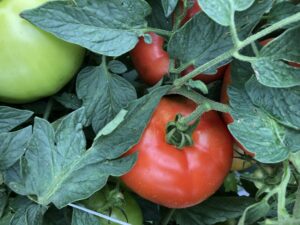
The fungicide spray guides for tomato and pepper are intended for commercial growers and are suggested products or programs …
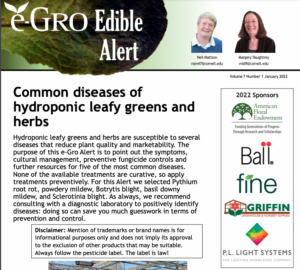
Although hydroponic production systems allow growers to control many factors to create a healthy crop, these systems do pose …
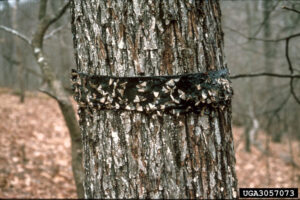
It’s hard not to love this time of year between the spectacle of fall colors and the reprieve of …
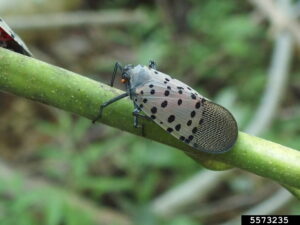
Note: On June 23, 2022 (6 months after this article was published), the spotted lanternfly was detected in North …
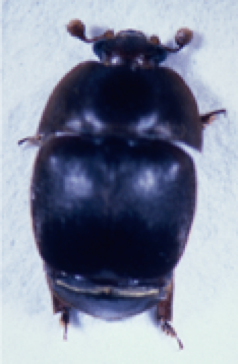
This factsheet describes the small hive beetle, its life cycle and how to prevent infestations …
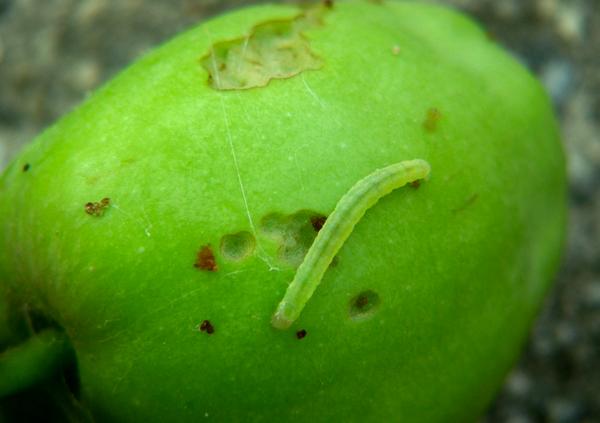
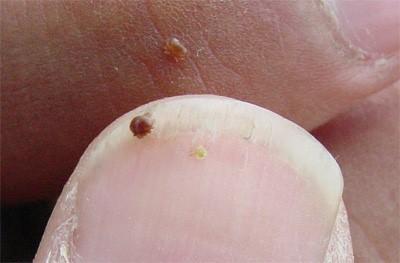
It is the goal of every beekeeper to maintain healthy, productive colonies. This can only …

This manual prepares pesticide applicators for Forest Pest Control Certification exams in the following states: …
To apply restricted-use pesticides to agricultural commodities, you must be certified or be supervised by …

This factsheet offers information on the biology and management of the emerald ash borer, an …

Black root rot impacts a range of woody and herbaceous ornamental plant species primarily in …
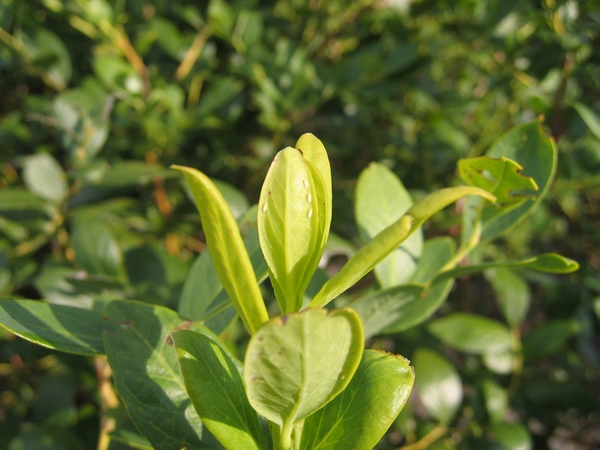
Whiteflies (Hemiptera: Aleyrodidae) are small (< 0.12 inch) and highly diverse insects that feed on …